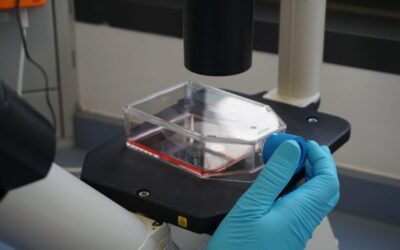The FDA has released the latest version of the Clinical Drug Interaction Studies – Cytochrome P450 Enzyme- and Transporter-Mediated Drug Interactions Guidance for Industry.
This final document aims to assist companies submitting applications for new investigational drugs to assess drug-drug interactions (DDIs) during their development. It also helps to determine the essential information that should be communicated in labelling.
Changes in the guide compared to the draft
Among other things, the agency explains that DDIs are a critical factor in a drug’s overall benefit-risk profile. The results of in vitro DDI studies and pharmacokinetic (PK) data provide mechanistic information that can inform the need for and proper design of potential future clinical studies.
The final DDI guideline also encourages the initiation of DDI studies prior to first-in-human studies. Recommendations to evaluate the role of metabolites in DDI have also been enhanced.
Recommendations in the transporter-mediated DDI studies
For transporter-mediated DDI studies, various points have been added to with more detailed descriptions. A key point to note is the recommendation that sufficient total recovery of the test compound should be demonstrated in studies of transport substrate and inhibitors. When studying OATP1B1/3 inhibition, pre-incubation can be considered to cover time-dependent inhibition. Only one recommended limit value is given for renal transport inhibition, instead of the two different values mentioned above for OAT/OCT and MATE.
Once the final guidelines have been drawn up, it can be concluded that changes in in vitro studies are few if they have previously been carried out with good scientific practices and the requirements have been met so far.





